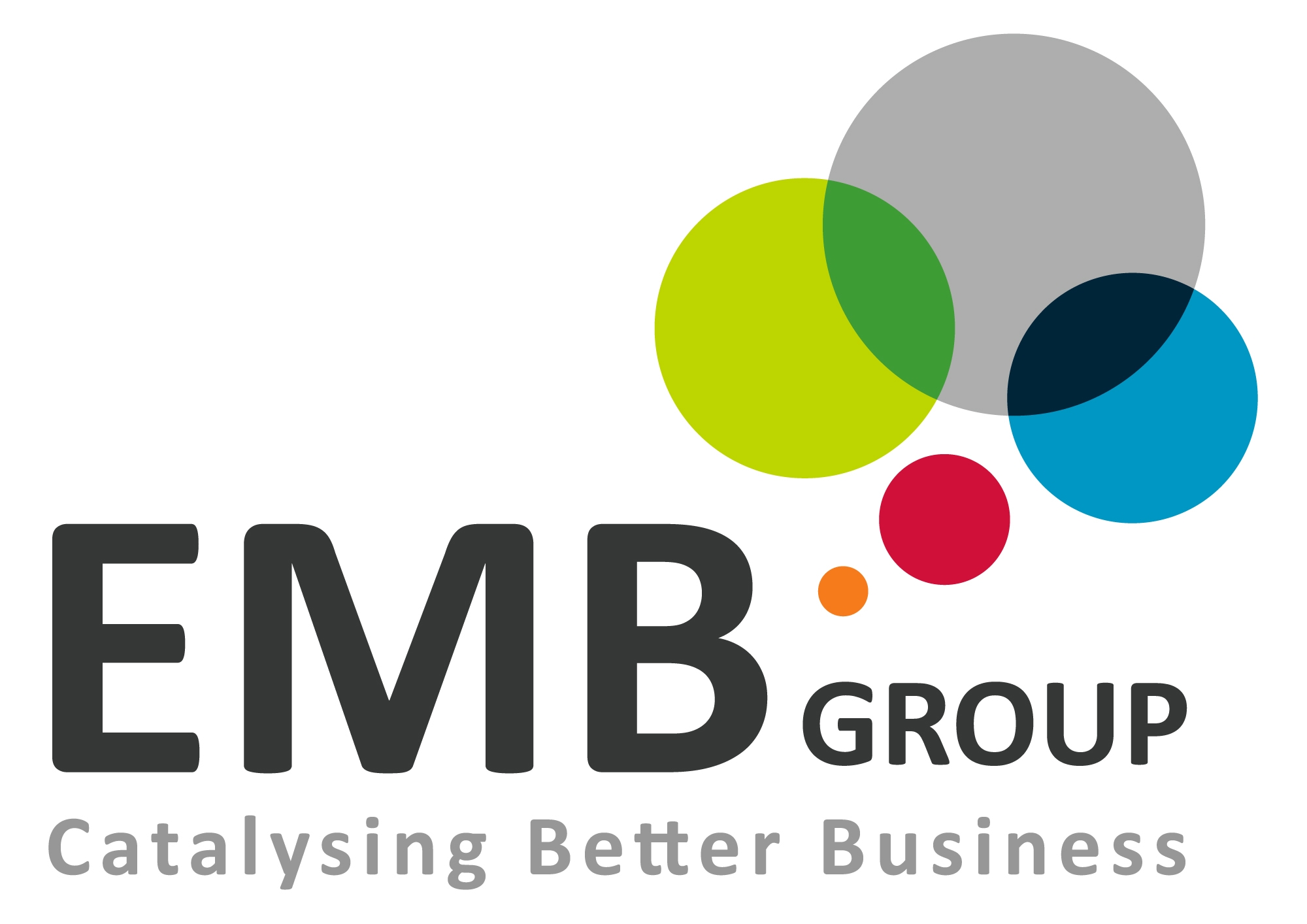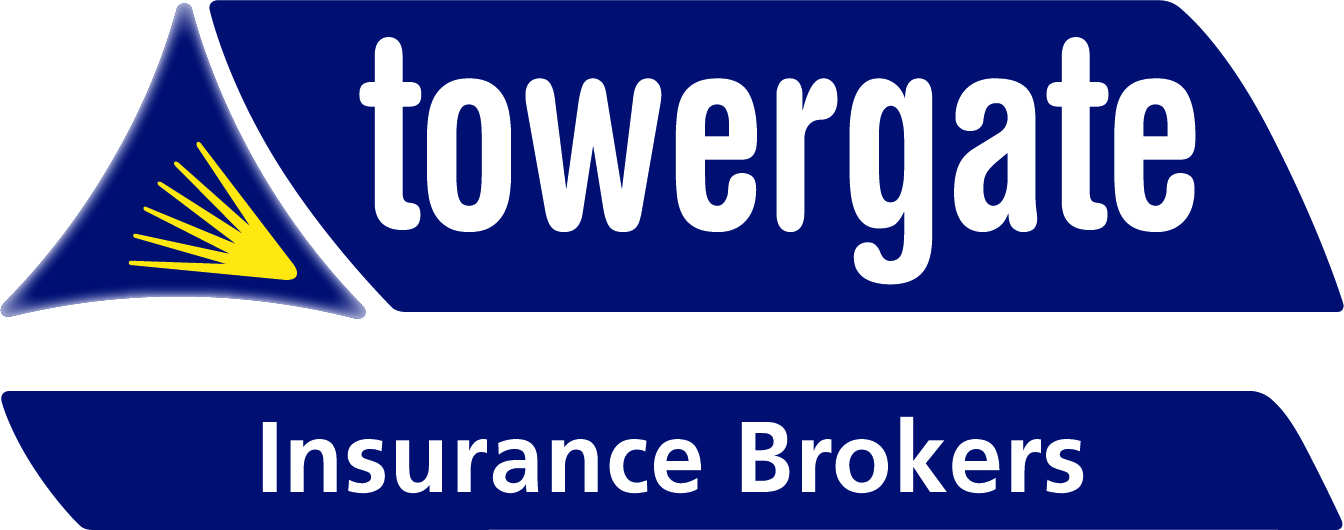

AI uses in project management – factors to consider
Blogs
It’s no surprise that the use of AI in all sorts of business projects is on the increase. AI software can be an invaluable tool when it comes to automation to help with some of the more mundane project tasks and free up members of your team to focus on other tasks. There is definitely a place for AI as a member of most teams. However, there are a few things project managers might want to consider before they begin a new AI-powered project.
Do you have SMART goals?
Project managers have a key role when it comes to defining the strategies around AI in a project. An understanding of what you actually want AI to help with before you even begin planning your project is essential. If you don’t have a clear goal then you will be caught in a loop of considering AI for every task. And if your reason for considering AI is because all your competitors are using it, then don’t. Use it because you have a use for it.
Do you have enough data?
Any project where you want to use AI for data analysis will require large amounts of data if it is going to be able to make the kind of calculations that you will need. The amount of data that you need is not an exact quantity. However, if you do not have enough then you really will find the AI will not be able to make the data analysis and predictions that you are hoping for, and a member of your project team will need to do this instead. Remember the saying “garbage in, garbage out” (or GIGO) when it comes to anything related to data analysis.
If you have enough data but it isn’t already on your system, then you will need to factor in the work required to enter the data and that can be incredibly time-consuming – if you are planning to use AI in the future to analyse your own data then start logging it now.
Does your dataset include errors?
With the right processes in place, like a data officer, your data should always be checked to ensure that there are no errors, missing data or unexplained anomalies. If there are data missing, nobody, whether human or AI can produce results that can be trusted. If your projects do not already have a robust “lessons learned” process where all past mistakes, experiences and observations are logged to help improve future projects, then even the best AI system will not be able to deliver improvements to current processes. Much of the work that is done to create any successful algorithm is linked to data extraction, logging, cleansing and error-checking.
Do you have the manpower for this?
If you are looking to create your own AI system to improve the efficiency of future business projects, then you need the right people to make that happen. In-house data analysts may not yet have specific AI experience but they do have the skills and attributes to learn what is required.
Will the hierarchical structure need to change?
A company is only as good as its combined employees, no matter what they are working on, and this means that if they are working together, then getting any project off the ground is possible. If they are not working together then everything will be just that little bit harder.
Data science of any type demands that all sides of the business communicate effectively with each other all of the time. So it is important to get everyone together and make sure that this communication is genuinely effective.
Will AI take over the team?
One thing that you may want to address are the concerns that the members of your team may have when it comes to the addition of AI processes. They may be concerned that more automation could lead to redundancies as their roles are automated. They may also be concerned that they will need to undertake some form of training and take their careers in different directions. This is understandable as many humans are inherently resistant to change. Reassure them that AI can only take over a few of the tasks undertaken by members of a project team, and those are the repetitive, mundane tasks. AI could, in fact, free up people to do more of the more interesting aspects of the job.
Once your team understand this, they are more likely to lend their support to the idea of introducing AI to the project.
Are there any regulatory requirements?
It’s always a wise question to ask when you introduce anything new into the way you work. You want to ensure that you are always meeting those regulatory requirements that have the potential to cause issues to your project.
There are a number of high-level discussions going on all over the world at the moment regarding AI and the need for this type of technology to be regulated. Whilst these talks are yet to deliver any concrete proposals, it is highly likely that at some point in the future, there will be laws passed that will ensure that the algorithms used look at fairness, transparency and safety. Those projects currently using AI know that they are doing so in unknown legal territory and that this could change at any moment.
So, if you are planning on implementing AI into your project processes, be aware of what is being discussed and what regulations are put in place as soon as they happen.


















